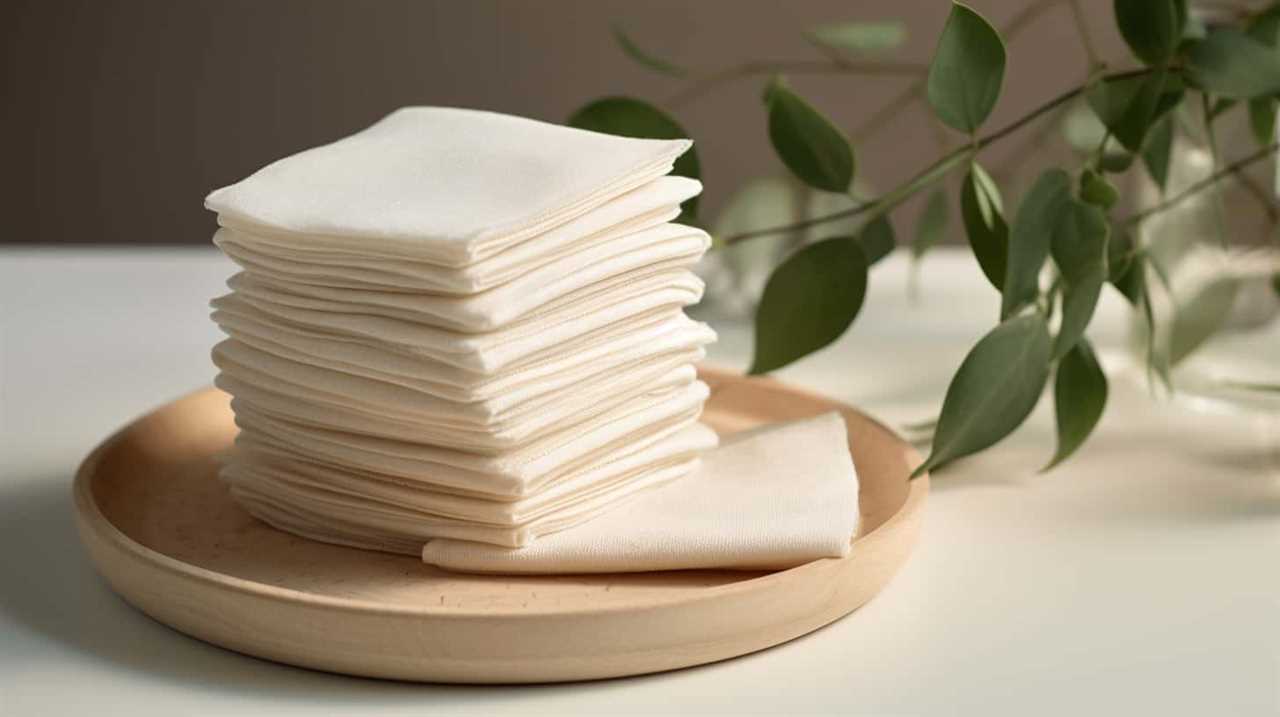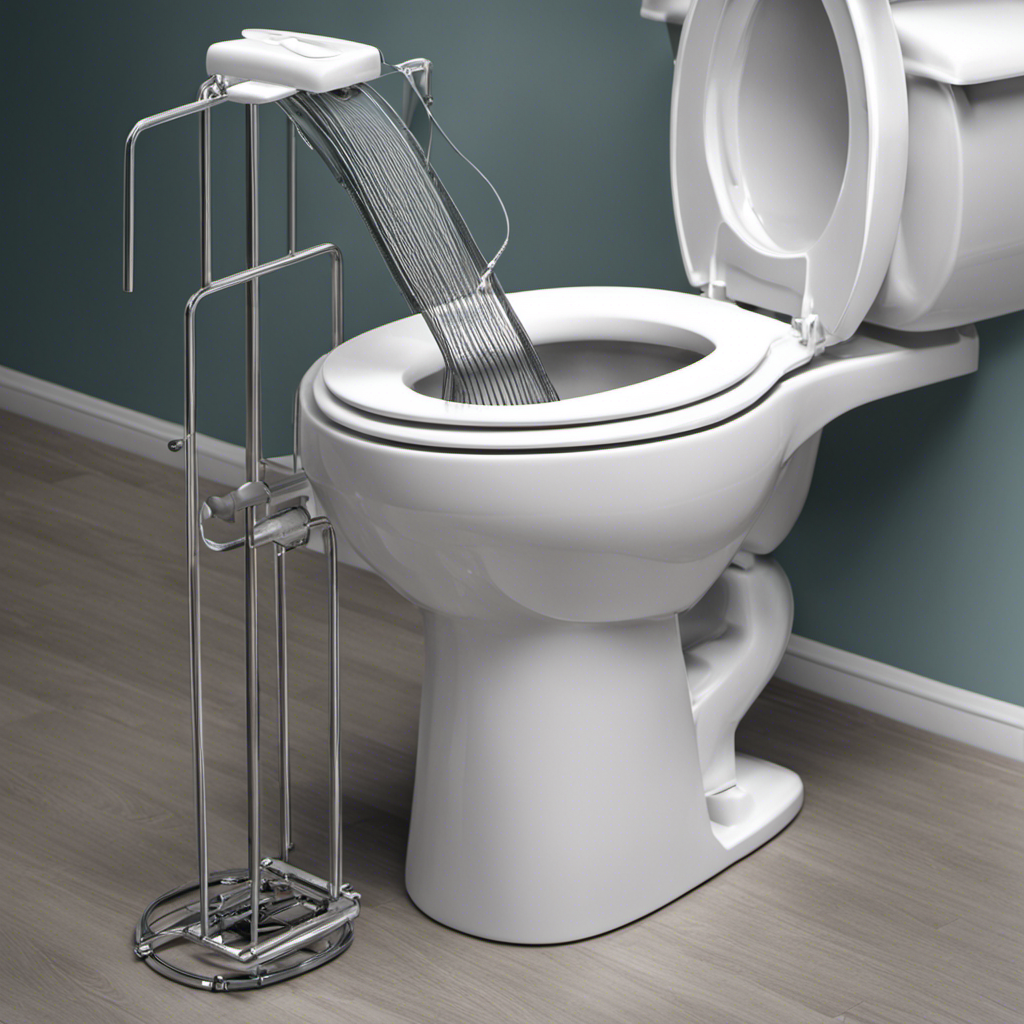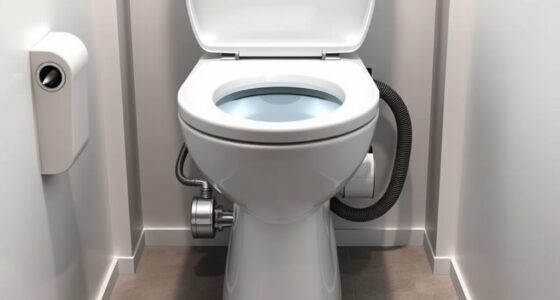Let’s dive into the age-old question: Is it okay to throw tissue in the toilet?
Many of us have wondered about the potential plumbing problems and environmental impact. We’ll explore the biodegradability of tissue, health and hygiene considerations, and best practices for disposal.
So, buckle up and get ready to learn the ins and outs of tissue disposal in the toilet. It’s time to master the art of proper tissue etiquette.
Key Takeaways
- Throwing tissue in the toilet can lead to clogging in the pipes and slow draining or complete blockage of the toilet.
- Flushing tissue can have a negative environmental impact by causing clogged pipes and interfering with wastewater treatment processes.
- Tissue doesn’t biodegrade as quickly as toilet paper and can form blockages in pipes and septic tanks.
- Proper disposal of tissue in designated waste bins promotes good hygiene and maintains the cleanliness and functionality of restroom facilities.
Potential Plumbing Problems
In our experience, throwing tissue in the toilet can potentially cause a range of plumbing problems. One of the main issues that can arise is potential clogging. Tissue, especially if it isn’t designed to break down easily in water, can accumulate and create blockages in the pipes. This can lead to slow draining or even complete blockage of the toilet.
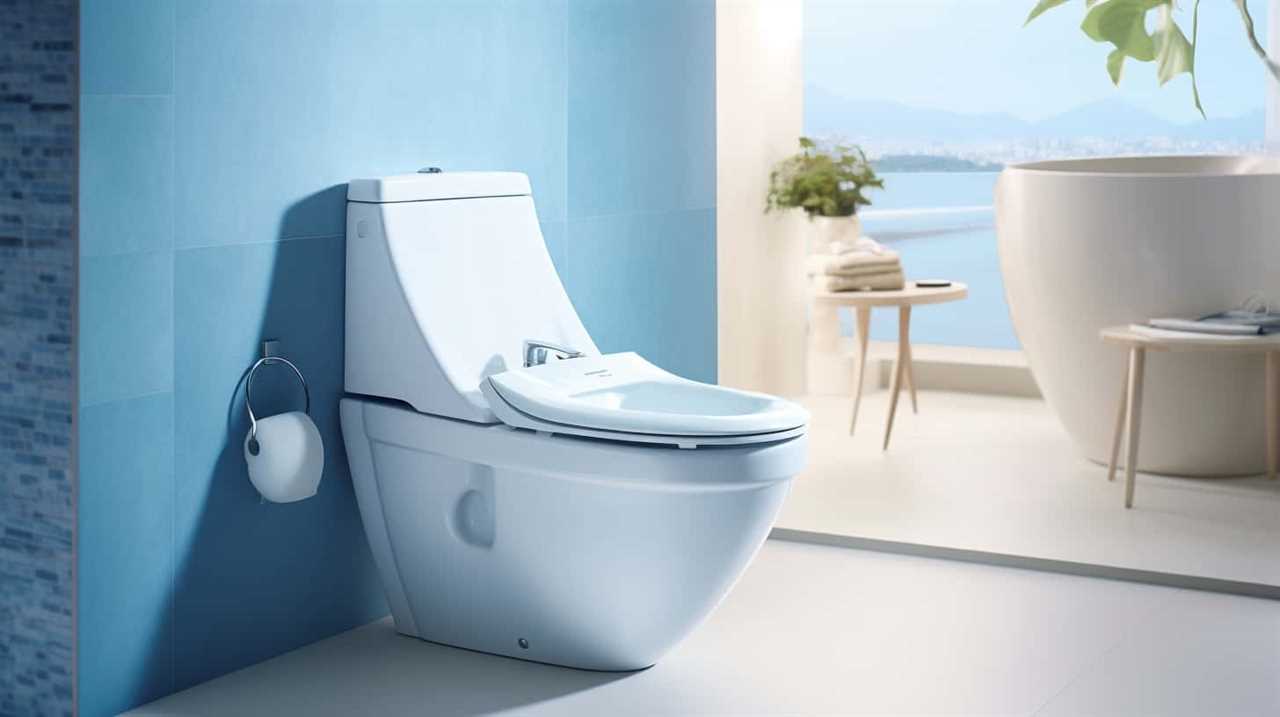
In order to avoid these problems, it’s important to practice proper toilet maintenance. This includes only flushing toilet paper that’s specifically labeled as safe for flushing and avoiding the temptation to dispose of other types of tissue. Regular maintenance, such as periodic inspections and cleaning of the toilet and pipes, can also help prevent potential clogging issues.
Environmental Impact of Flushing Tissue
When it comes to flushing tissue, we need to consider the environmental impact. Flushing tissue can have a significant impact on wastewater treatment systems. Tissue, unlike toilet paper, isn’t designed to break down easily in water. As a result, it can clog pipes and cause blockages in sewage systems, leading to costly repairs and maintenance.
Additionally, the presence of tissue in wastewater can affect the efficiency of wastewater treatment plants. The solid material from tissue can accumulate and interfere with the treatment process, potentially reducing the quality of the treated water that’s released back into the environment.
To mitigate these issues, it’s important to consider alternatives to flushing tissue, such as disposing of it in a trash bin, which can help reduce the environmental impact on wastewater treatment systems.
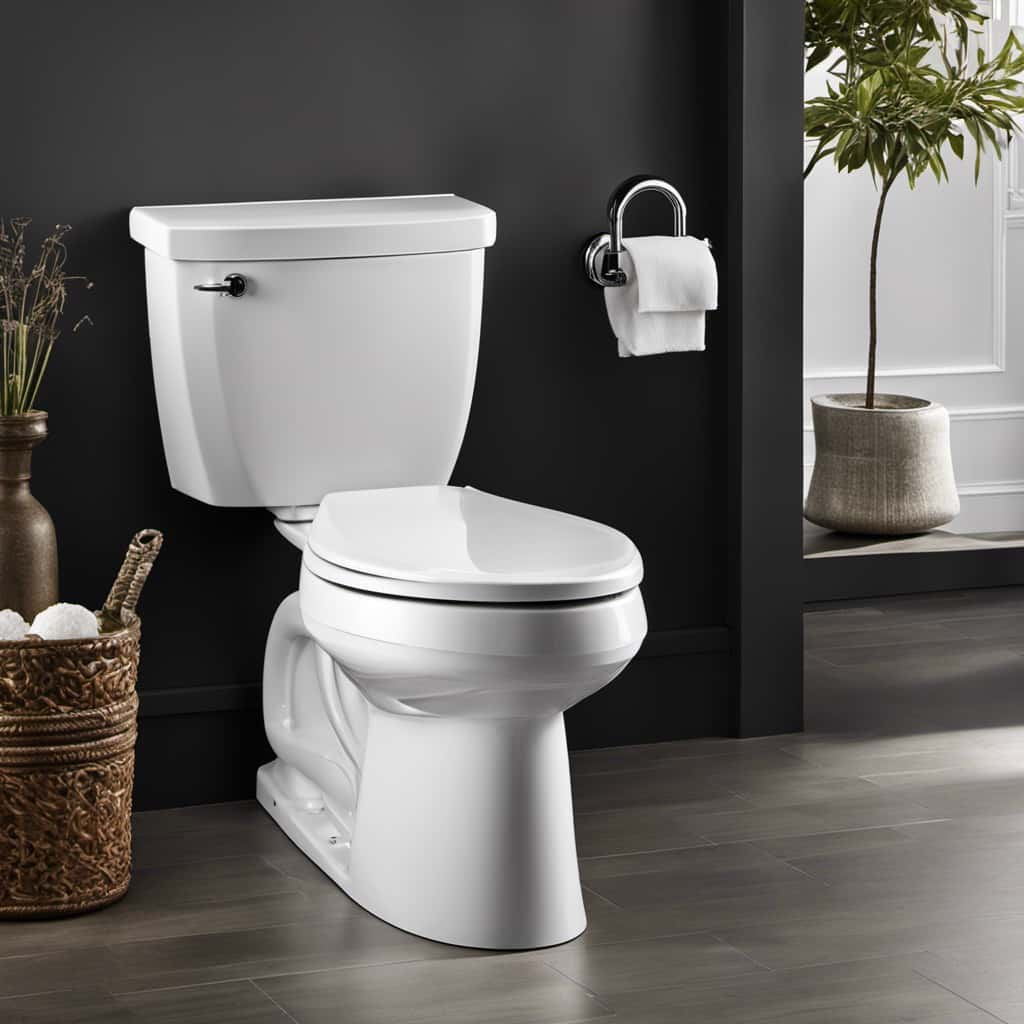
Biodegradability of Tissue in the Toilet
Although tissue is commonly used for personal hygiene, it’s important to consider the biodegradability of tissue in the toilet. While tissue is designed to break down in water, it doesn’t biodegrade as quickly as toilet paper. This can lead to potential issues such as toilet clogs and septic tank maintenance problems.
- Tissue can clump together and form blockages in pipes, leading to clogged toilets and costly repairs.
- Unlike toilet paper, tissue isn’t specifically designed to break down quickly in water, which can result in longer decomposition times.
- Tissue that doesn’t fully break down can accumulate in septic tanks, causing them to fill up faster and requiring more frequent pumping.
- Excessive tissue usage can overwhelm septic systems, leading to backups, odors, and potential damage to the tank or drainfield.
- Proper disposal of tissue in the trash can help prevent these issues and ensure the smooth operation of your plumbing system and septic tank.
Health and Hygiene Considerations
We prioritize our health and hygiene, and it’s important to consider the impact of tissue disposal on our well-being. When it comes to sanitary concerns and public restroom etiquette, proper tissue disposal plays a vital role.
Tissues used for personal hygiene, such as wiping hands or blowing noses, can carry bacteria and viruses. If not disposed of correctly, they can become breeding grounds for germs, posing a risk to our health.
Flushing tissue down the toilet may seem convenient, but it can lead to clogs and blockages in the plumbing system, causing inconvenience and potential damage. Instead, it’s recommended to dispose of tissue in designated waste bins or containers.
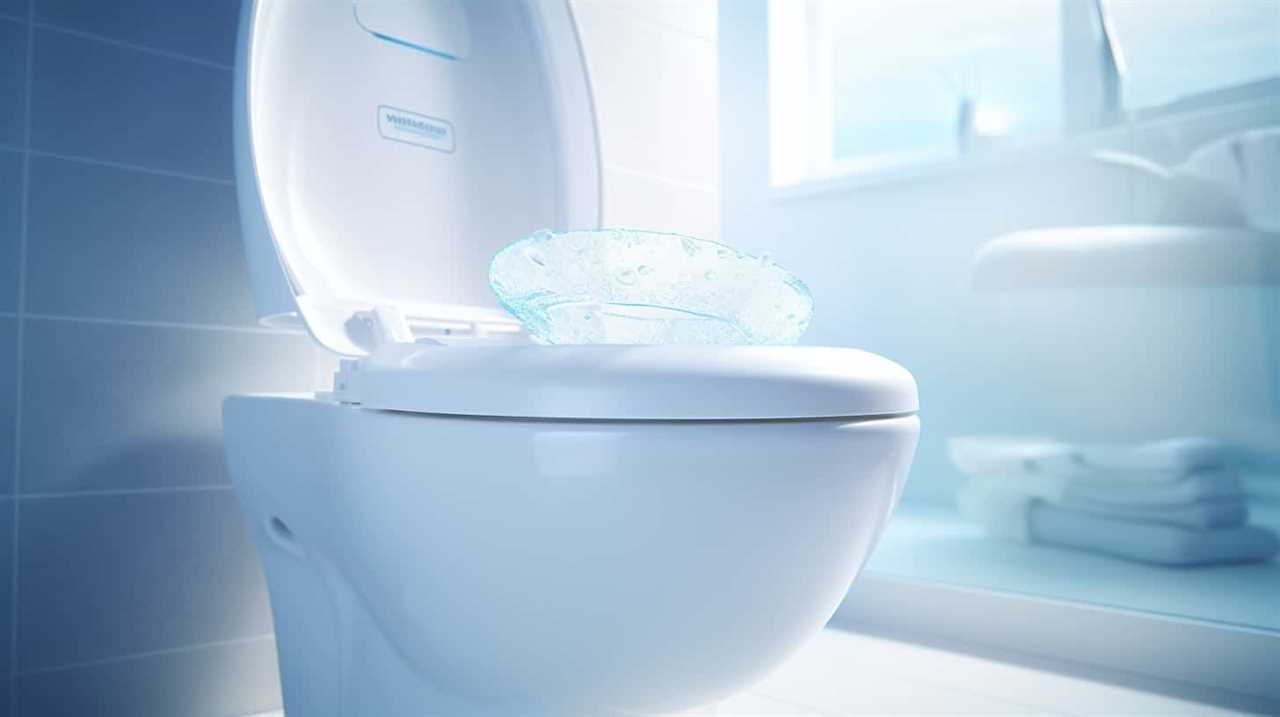
This simple act not only promotes good hygiene but also maintains the cleanliness and functionality of our restroom facilities.
Best Practices for Tissue Disposal
To ensure proper hygiene and prevent plumbing issues, it’s essential to adopt effective practices for disposing of tissue. Here are some best practices for proper disposal and alternatives to flushing:
- Dispose of tissue in a designated waste bin: Place used tissue in a lined waste bin to prevent it from coming into contact with other surfaces.
- Use tissue specifically designed for flushing: Some tissues are designed to break down quickly when flushed, reducing the risk of clogging.
- Consider using bidets or wet wipes: Bidets provide a hygienic alternative to using tissue, while wet wipes can be used for a thorough clean and then disposed of in the waste bin.
- Educate children and guests: Ensure that everyone in your household or workplace is aware of the proper disposal methods to prevent any accidental flushing.
- Regularly maintain and inspect plumbing systems: Conduct regular inspections and maintenance to identify and address any potential plumbing issues before they escalate.
Frequently Asked Questions
Can Flushing Tissue Down the Toilet Lead to Clogged Pipes or Plumbing Problems?
Flushing tissue in the toilet can lead to clogged pipes and plumbing problems. It is important to dispose of tissue in the proper waste bin to avoid potential damage to the plumbing system.
What Are the Environmental Consequences of Flushing Tissue Down the Toilet?
What are the environmental consequences of flushing tissue down the toilet? Flushing tissue can have a negative impact on the environment, as it can clog pipes and contribute to sewer overflows. Proper disposal is crucial to avoid these issues.

How Long Does It Take for Tissue to Biodegrade in the Toilet?
Throwing tissue in the toilet is a common practice, but it’s important to consider its biodegradation timeline. Understanding tissue disposal methods can help us make informed choices about the environmental impact of our actions.
Are There Any Health Risks Associated With Throwing Tissue in the Toilet?
There are potential health risks associated with throwing tissue in the toilet. It is important to properly dispose of tissue in a waste bin to prevent clogs, backups, and the spread of bacteria.
What Are the Recommended Best Practices for Disposing of Tissue?
When considering the best practices for disposing of tissue, it’s important to explore various disposal methods and alternative options. Proper disposal methods can help prevent clogs and damage to plumbing systems.
Conclusion
Overall, it isn’t recommended to throw tissue in the toilet due to potential plumbing problems and environmental impact. While tissue is biodegradable, it can still cause clogs and blockages in the pipes. Additionally, flushing tissue contributes to water pollution and waste.
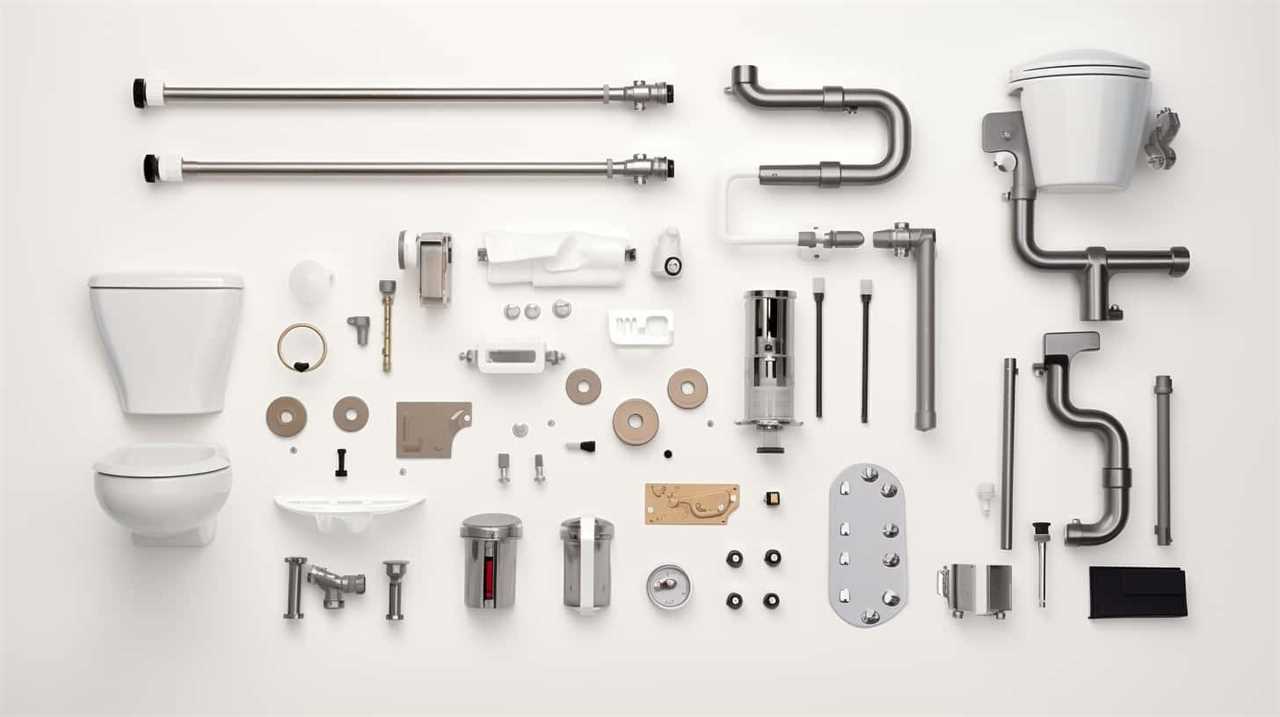
To maintain good health and hygiene, it’s best to dispose of tissue in a trash bin. Just as a small pebble can create ripples in a pond, our actions can have far-reaching consequences on our plumbing systems and the environment.




